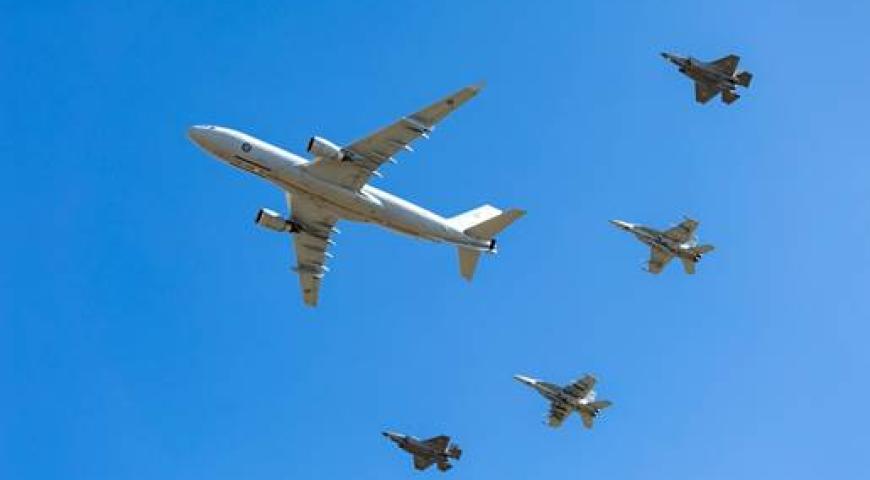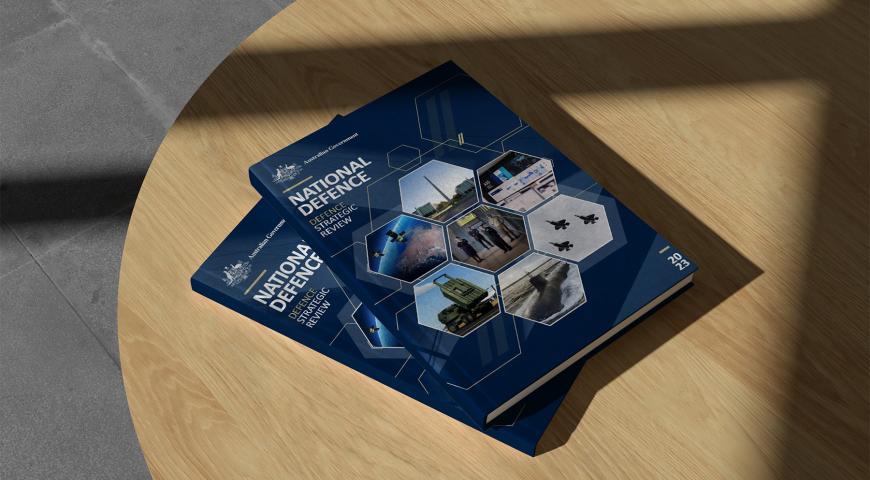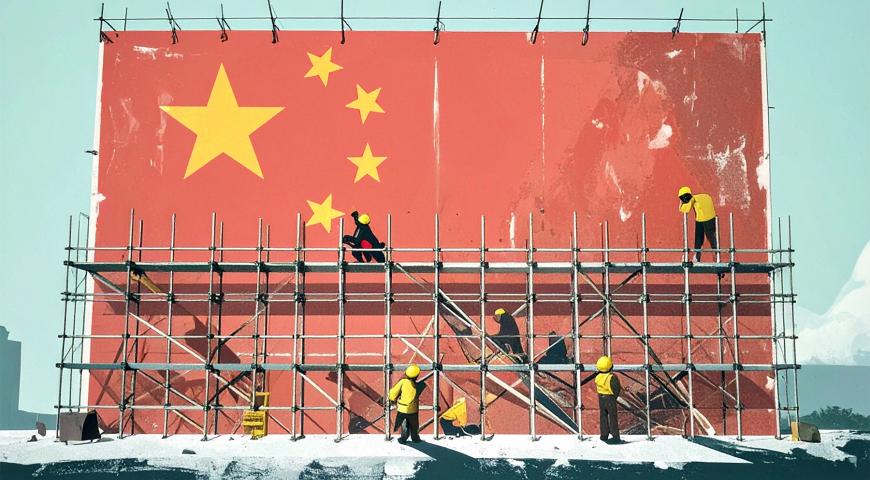The Australian Minister of Foreign Affairs, Penny Wong, announced earlier this year that Australia will be ‘investing in our region’s health’ through a new assistance package for Papua New Guinea (PNG) that will help address major health challenges including HIV, malaria, and antimicrobial resistance.[1] There would be further support for the PNG Institute of Medical Research to combat emerging infectious disease threats. Multiple Australian academic institutions would provide the intellectual horsepower; this initiative is part of a $620 million Partnerships for a Healthy Region program that aims to support partner countries in the Pacific and Southeast Asia to build resilient and equitable health systems.
Australia’s use of health diplomacy as an instrument of international cooperation is already well-established through the Indo-Pacific Centre for Health Security (IPCH). As a part of the Global Health Division of the Department of Foreign Affairs and Trade, its raison d’etre is to avoid and contain infectious disease threats with the potential to cause social and economic harm on a national, regional and global scale. The IPCH’s modus operandi is to deliberately work in collaboration and consultation with partner nations (PN), thus determining the most effective way for Australia to contribute to regional health and security. Amongst many programs, the Partnerships for a Healthy Region is one of its key initiatives.
The Australian Government recognises that strong healthcare systems and good health in its neighbours’ populace are vital for regional stability. Building a country’s health capacity will bolster the civilian population’s confidence in its governance and reduce the partner nation’s susceptibility to destabilising events.[2] This desire to build and bolster the healthcare systems of regional nations aligns with the United States Department of Defense’s Global Health Engagement principles, which ultimately nests within various US national security and global health policies and strategies. Health diplomacy is one of many instruments that Australia may use in enhancing regional stability and prosperity.
There has been significant activity in the Indo-pacific conducted by the People’s Republic of China (PRC) and the United States. Both the US[3] and PRC[4] have developed various partnerships and economic and security arrangements with the South Pacific island nations. The PRC recognises the value of health diplomacy as an adjunct to the economic assistance in the region. Since 2007, the People’s Liberation Army Navy (PLAN) has had the Daishan Dao, a 300-bed hospital ship that has been on multiple deployments to the Pacific, Caribbean and African ports, visiting multiple countries and treating numerous patients.[5] The PLAN has since added two smaller hospital ship platforms, the Nanyi 12 and Nanyi 13. Regular visits by these vessels create a favourable cooperative climate for the PRC with these smaller nations.[6] The Daishan Dao has also been active in the South Pacific; in 2018 she cruised between Papua New Guinea, Vanuatu, Fiji and Tonga—and these examples provide a template for Australia to further participate in health diplomacy.
This is not to say that Australia is neglectful of the Pacific Islands, indeed its engagement has been enduring since the Second World War in economic, diplomatic and military efforts (the discussion of which is beyond this article). Despite the health initiatives already in place, the one missing piece is military health engagement. Unlike other foreign militaries, the Australian Defence Force (ADF) has a relatively small health capability. It relies heavily on reserve specialists whose clinical competency is maintained via the civilian health system. Given current limited deployments, it struggles to provide training relevant to expeditionary trauma care and tropical medicine.[7] Thus it cannot mount GHE opportunities like the Americans or the Chinese.
The aforementioned deficits and the opportunities lost have not gone unnoticed. Several authors have already expressed the need for the ADF to be involved in GHE, to enhance Australia’s support of South Pacific nations and maintain our clinicians’ critical care capabilities. One observer[8] argued that the ADF has extraordinary capabilities with respect to delivering humanitarian assistance and disaster relief (HADR) to the Pacific Island countries. Climate change and increasing geopolitical interest in the region creates an opportunity for the ADF to rotate health professionals through Pacific Island nations, using health diplomacy to create a cooperation and health support effect, whilst maintaining their clinical competencies in austere environments.
One potential initiative has been floated by a senior Australian Army anaesthetist and intensive care physician.7 He proposed a GHE model based on the US Humanitarian and Civic Assistance (HCA) program, which he called Enduring Health Civic Assistance (EHCA). Essentially, the ADF would work with a South Pacific partner nation to identify specific health needs. Teams of four to six ADF clinicians would work alongside the host nation’s military clinicians within hospitals or other health facilities for four-week rotations. A continuous supply of EHCA teams would mean a near-continuous presence for the enduring engagement, though not necessarily supporting the same specialty continuously. The focus would be on surgery, anaesthesia and emergency medicine. Clinicians participating in the EHCAs would train in austere clinical environments, addressing the training deficit where clinicians from a peacetime defence force in a high-income nation were unable to train in combat medicine. In times of crisis, it would be an advantage to have a cohort of ADF clinicians with in-country experience, established personal relationships, and contemporaneous health intelligence of local conditions. Further extension of the program could encompass other less trauma-specific specialties and extend to capacity building and self-sufficiency of the partner nation. Such GHE opportunities would provide Australia with a military-based presence in the region and train and maintain our military medical capabilities whilst synergistically bolstering the partner nations’ health capacities.
A stable Indo-Pacific region—more specifically the South Pacific Islands—is important to Australia’s national interests. There is already significant Australian diplomatic, economic and military influence in the area, including civilian-based global health initiatives. Though there is no active GHE program in the ADF, it would serve Australia’s interests well to pursue an active policy of utilising military GHE as an instrument of international engagement and cooperation.
1 Press Release 19 February 2024: ‘Investing in our region’s health’, Australian Minister of Foreign Affairs website.
2 DODI 2000.30, Global Health Engagement (GHE) Activities, 12 July, 2017, pp4-5.
3 Macmillan J & Dziedzic S. ‘Antony Blinken suggests all countries set to join historic US-Pacific declaration, despite earlier Solomon Islands refusal’. ABC News, 29 September 2022.
4 Liu Z. What the China-Solomon Islands Pact Means for the US and South Pacific. Council on Foreign Relations, May 4, 2022.
5 Brewster D. ‘Next step in the step up. The ADF’s role in building health security in Pacific Island states’. The Strategist, Australian Strategic Policy Institute, 08 April 2021
6 Bainbridge B. ‘China’s floating hospital ship helping win hearts and minds in an increasingly contested Pacific’. ABC news, 18 July 2018.
7 Reade M. Building Australia’s defence relationships with Pacific Island nations through Enduring Health Civic Assistance (EHCA), Australian Journal of Defence and Strategic Studies. 2, 1 (2020): pp79-98.
8 Brewster D. ‘Next step in the step up. The ADF’s role in building health security in Pacific Island states’. The Strategist, Australian Strategic Policy Institute, 08 April 2021
Please let us know if you have discovered an issue with the content on this page.
Comments
Start the conversation by sharing your thoughts! Please login to comment. If you don't yet have an account registration is quick and easy.




